KATOWICE is the capital of Upper Silesia. History of the city goes back to the 19th century. It grew up in the times of rapid development of the mining and metallurgical industry. During the First World War Katowice developed as a trading and communication centre because of the boom in the Upper Silesia industry, especially in the metallurgy. In 1914-1918 Germans were defeated and Poland gained it independence. As a symbol of uprising ideas Polish artists had founded a bronze monument. The Monument of the Silesian Insurgents was erected at Rondo in 1967. Another traditional landmark of the city is Spodek - the show and sports hall. During its years of independence Katowice developed a lot. Architects managed to develop many of their town planning ideas. In that time Katowice where the second, after Warsaw, innovatory area in the country. The Second World War didn't stop Katowice being the capital of the most industrialized regions of the country. In the years 1950-1959 the number of inhabitants increased significantly, and its area was extended. Until 1975 Katowice had the ambitions of becoming a modern town, having as the example other metropolis. Katowice absorbed many neighbourhood towns: Piotrowice, Ochojec, Panewniki, Kosyuchna, Welnowiec, Giszowiec, Dabrowka Mala and Mucki.Nowadays Katowice is a nearly 4 million agglomeration the biggest in Central Europe. It's one of the Polish greatest economic, transport, science and culture centres. The city has a number of banks, stock-exchanges and self-governing institutions. Katowice is a significant science and education centre. There are nine institutions of higher education, among them the University of Silesia, Academy of Economics and the Silesian Polytechnic.
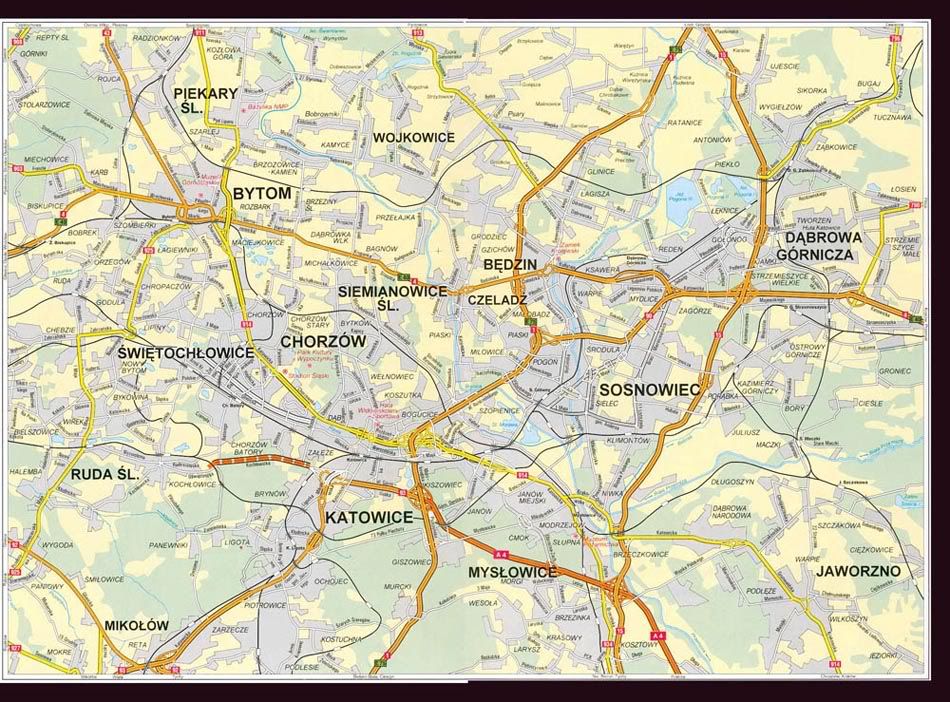 [/QUOTE]
[/QUOTE]












































 [/QUOTE]
[/QUOTE]












































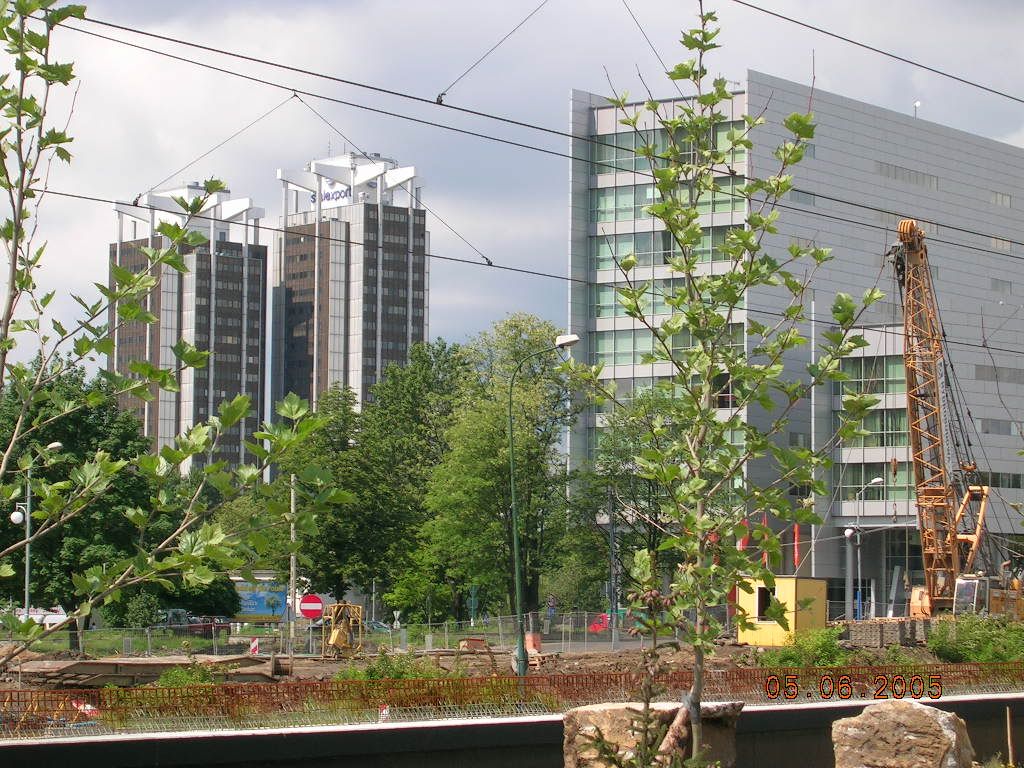
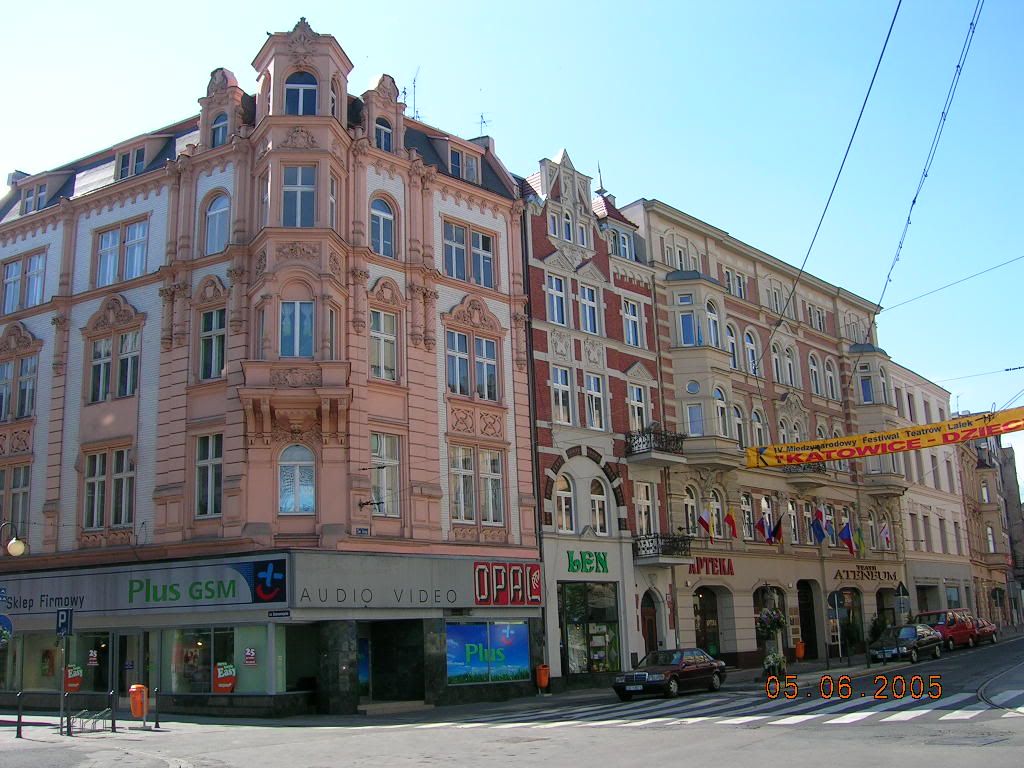




 Great nightphotos, what is this strange structure used for?:
Great nightphotos, what is this strange structure used for?:





















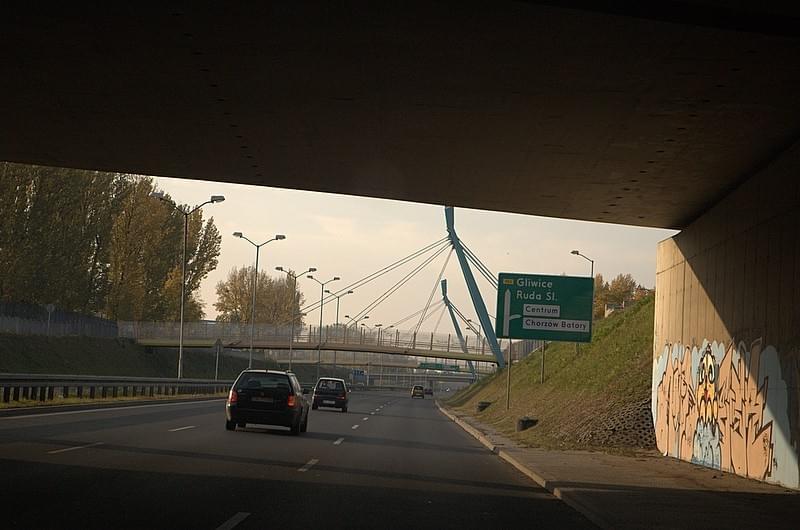
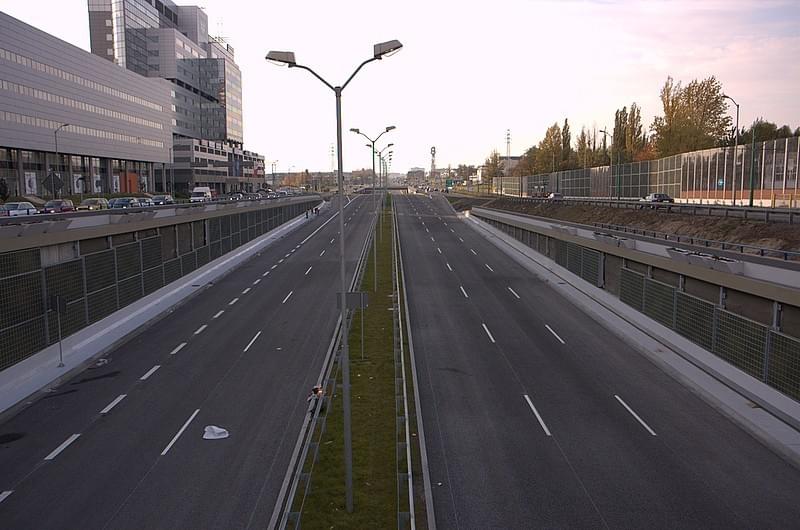

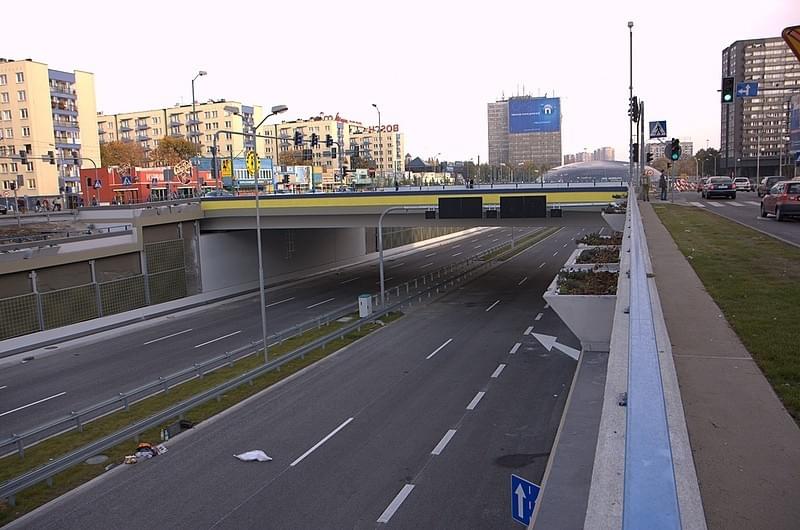

 and hundreds more
and hundreds more 
Comment